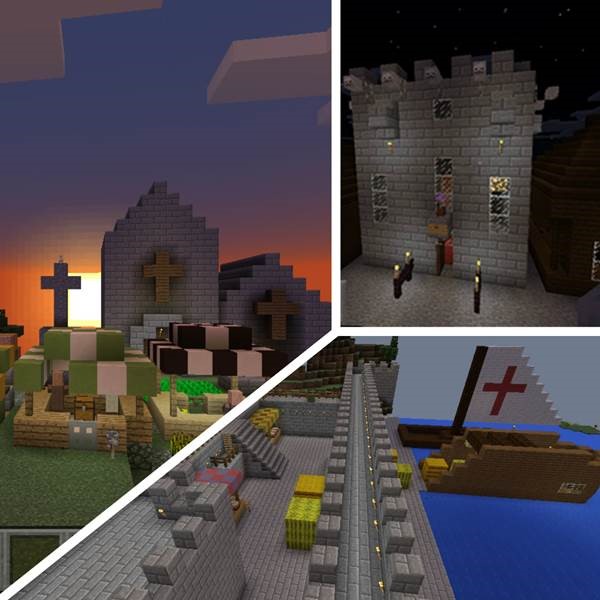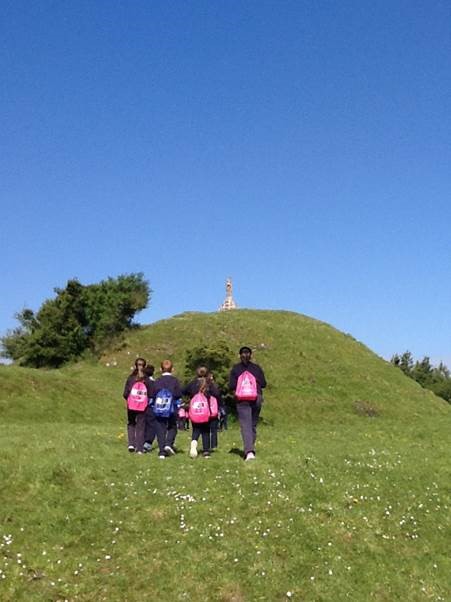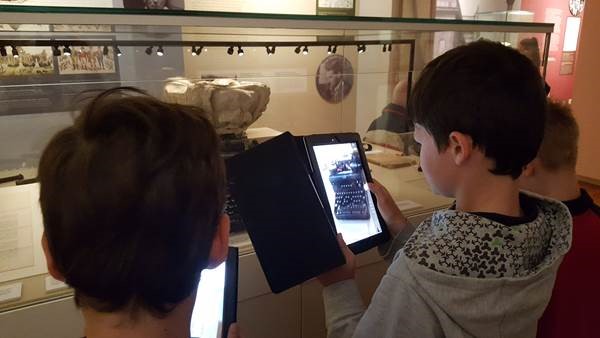
10 October, 2024

Sally McHugh
Posted: 29 August, 2018

We continue our August series on cultural heritage with a blog on children’s heritage education. Sally McHugh is an Irish Research Council scholar at the School of Education, NUI Galway. Her project explores and devises innovative approaches to heritage education. Recently, she has been awarded the Fulbright Creative Ireland Museum Fellowship 2018–2019.
Research has shown that computers can have a significant, formative and positive impact on learning, particularly when the focus is on using the technology for creativity and collaboration. However, children need substantial, structured support to help them to use technology in an optimal, creative and collaborative way. New innovations with digital media and technology are creating new possibilities for interactivity, and I am examining how we can take these new possibilities and integrate them within a multisite design for cultural heritage education, facilitated and mediated across two key contexts for children’s learning: classrooms and museums.
The primary focus of my research is to explore how best to design children’s engagement with their local cultural heritage. In addition, I want to find an optimal design for creative, playful interactions with cultural heritage using place-based education (PBE), augmented by constructionist technologies. These technologies are interactive applications and software that enable learners and children to create their own computer-enhanced projects, models and simulations of the world, where the focus is on learning in an active, creative and social way.
Developing a sense of place for children is a key objective of this project and this was guided by a PBE approach to learning; PBE being an approach that connects learning to the local. New ways of engaging with place in existing heritage practices are important if we are to foster a sense of place in children. Engaging with place is a way to belong, to foster self-esteem, pride, identity, and carries the hope of future civic engagement.

I have organised activities in several primary schools and two museum workshops. Children as co-constructors in the evolving design were motivated to explore their local sites/museums interactively, using iPads to facilitate autonomous discovery learning. In schools, children physically explored local archaeological sites and areas, carrying out group activities that would later help them in the digital storytelling process. In the museum, children interacted with the objects or exhibitions of their choosing. Both environments allowed for children’s creative expression through art, crafts and writing and resulted in them using apps to create stories which they then presented to their peers.

The data collected in the evaluation of the project evidence how the design created an overall positive learning experience for children, enhancing their engagement with historical objects and narratives in a local museum, as well as in a classroom environment. Playful, creative interactions emerged as major factors in the engagement of children with cultural heritage. Not only has this augmented mode of learning fostered creativity and creative thinking skills for children, but it has demonstrated a new deeper learning dimension to heritage interactions.
2018 is the European Year of Cultural Heritage with an aim to encourage more people to discover and engage with Europe’s cultural heritage, and to reinforce a sense of belonging in a common European space. In Ireland, this year’s theme, ‘Make a Connection’, aims to deepen the connection between people and heritage and to build a legacy of increased public engagement. Creative Ireland has at its core a vision for making creativity more mainstream in the life of the nation. Their aim is that every child should have a cultural and creative education. Culture 2025, the government’s culture policy aims for increased public access to, and participation with, arts and heritage. Whereas my research is a small part in feeding into the ethos of such policies ‘it’s the little things citizens do, that’s what will make the difference’ (Wangari Maathai). In the same way, a design for children’s engagement that fosters connections with local heritage will be a small step towards an awareness of the importance and value of cultural heritage.
Disclaimer: The opinions expressed in our guest blogs are the author’s own, and do not reflect the opinions of the Irish Research Council or any employee thereof.